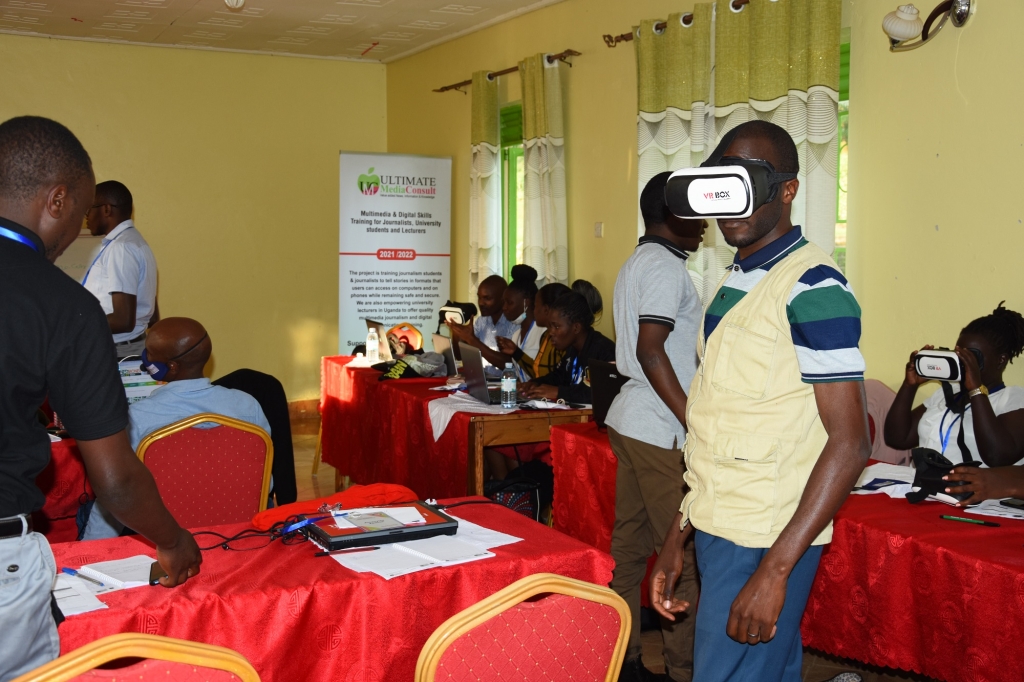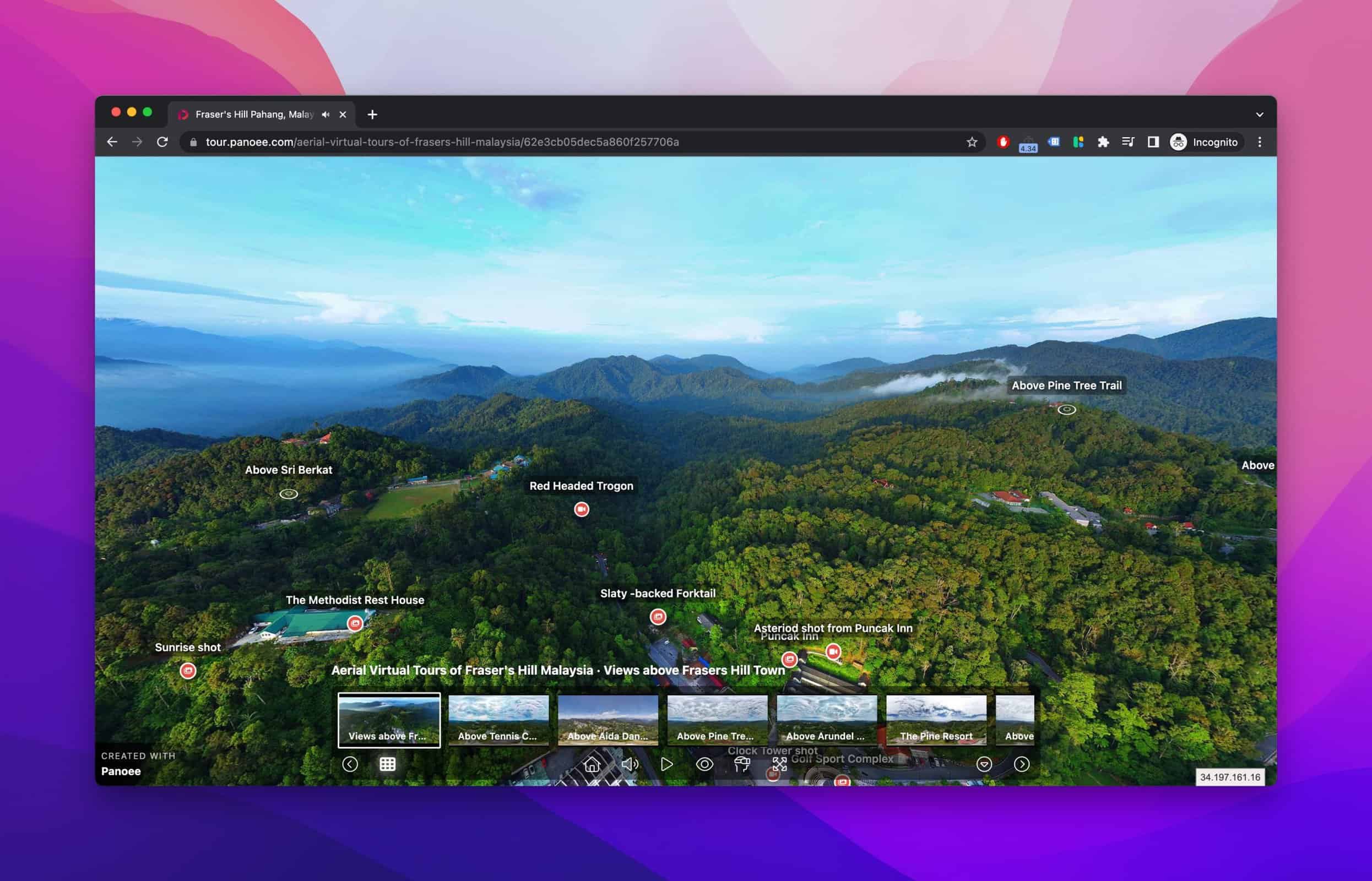Immersive storytelling has emerged as a transformative force in journalism, revolutionizing the way news is delivered and consumed. Unlike traditional reporting, which often relies on a detached, fact-centric approach, immersive storytelling places the audience at the center of the narrative, fostering a deeper connection and understanding of the issues at hand. In this article, we explore the key elements of immersive storytelling in journalism and how it has become a powerful tool for engaging and informing audiences.

Definition of Immersive Storytelling:
Immersive storytelling involves creating a multi-sensory experience that goes beyond the traditional print or digital formats. It leverages various mediums such as virtual reality (VR), augmented reality (AR), interactive graphics, and multimedia elements to transport the audience into the heart of the story. This approach aims to evoke emotions, empathy, and a sense of presence, making the news more relatable and impactful.
Engaging the Senses:
Immersive storytelling allows journalists to engage the audience’s senses in ways that traditional media cannot. Through VR and AR technologies, readers can visually explore environments, hear the sounds of a scene, and even feel a sense of presence. By appealing to multiple senses, journalists create a more profound and memorable experience, enhancing the overall impact of the story.
Below is an immersive virtual tour of Uganda Christian University Mukono premises by Luba Pauline from the School of Journalism, Media and Communication at the university.
Virtual Reality and Augmented Reality:
VR and AR have become integral tools in immersive journalism. Virtual reality immerses users in a completely fabricated environment, while augmented reality overlays digital content onto the real world. News organizations have used these technologies to transport readers to the frontlines of conflicts, disaster zones, or historical events, providing a first-hand perspective that transcends traditional reporting.
Interactive Graphics and Multimedia Elements:
Immersive storytelling extends beyond virtual and augmented reality. Interactive graphics, videos, podcasts, and other multimedia elements play a crucial role in engaging audiences. Incorporating these elements into stories allows readers to interact with the content, deepening their understanding and fostering a sense of involvement.
Enhancing Empathy and Understanding:
One of the primary benefits of immersive storytelling is its ability to enhance empathy and understanding. By placing readers in the shoes of those directly affected by a story, journalists can evoke a stronger emotional response. This emotional connection encourages a more profound understanding of complex issues, ultimately fostering a more informed and compassionate audience.
How to take panoramic or 360 images on your mobile phone
How to create a virtual tour using Kuula.
How to embed your virtual tour in your WordPress post
Conclusion:
Immersive storytelling has redefined the landscape of journalism, offering a powerful means of connecting with audiences on a deeper level. By utilizing technologies such as virtual and augmented reality, along with interactive multimedia elements, journalists can create experiences that transcend traditional reporting. As the industry continues to evolve, finding the right balance between engagement and ethical considerations will be paramount in ensuring that immersive storytelling remains a force for positive change in journalism.

Leave a Reply